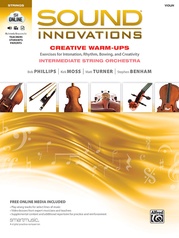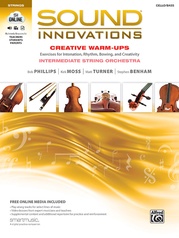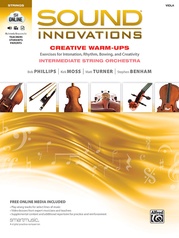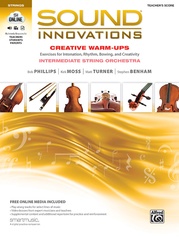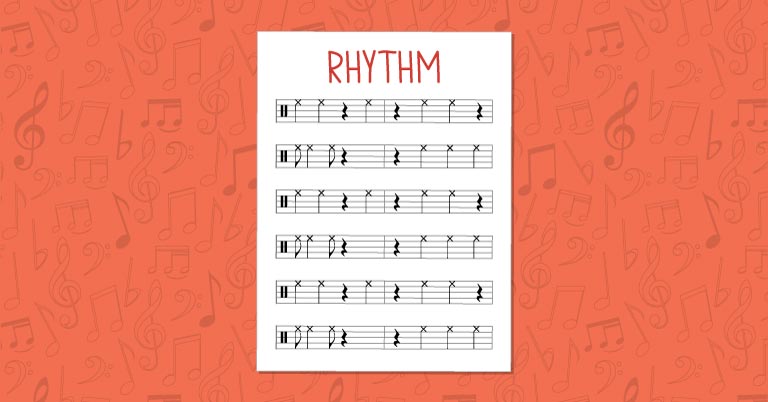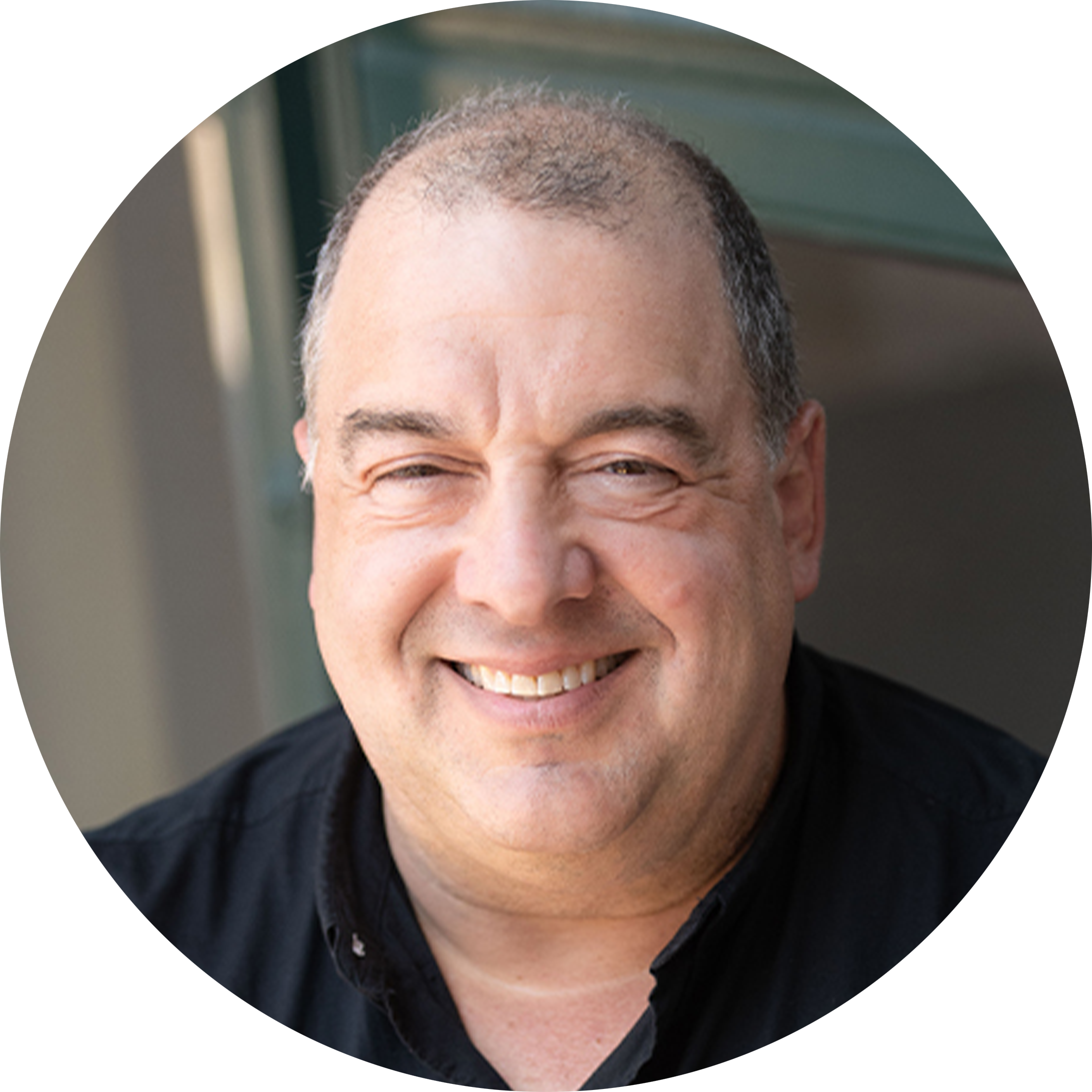
Stephen Benham
Dr. Stephen Benham is Professor of Music Education and Chair of Performance at the Mary Pappert School of Music at Duquesne University. He has degrees from the University of Minnesota, the University of Michigan (M.M.), and the Eastman School of Music (Ph.D.). At Duquesne, Dr. Benham teaches undergraduate and graduate courses in music education and string pedagogy.
Prior to this, Dr. Benham held teaching positions in both public and private schools in Oregon, Michigan, and New York. Dr. Benham maintains a very active schedule as a guest conductor, clinician, speaker, and adjudicator, with professional appearances in nearly 40 states and nearly 40 countries across Europe, Africa, the Caribbean, and Asia, including more than 250 clinics, multiple residencies, and extended workshops.
His areas of expertise include string pedagogy, methods, curriculum, and assessment. His research interests include cultural issues in music education, increasing access to music instruction in underserved populations, and culturally relevant pedagogy, and his work has been featured in numerous international research seminars and conferences. He is the lead author the ASTA String Curriculum: Standards, Goals, Learning Sequences for Essential Skills and Knowledge in K–12 String Programs (Published by ASTA; distributed by Alfred) and Yes You Can! The Band and Choral Director’s Guide to Teaching Strings (published by Carl Fischer). He has also authored several works for scholarly journals, handbooks, and encyclopedias, including publications by Oxford University Press and Sage Publications. He is also a member of the writing team for Alfred’s Sound Innovations: Creative Warm-ups––Exercises for Intonation, Rhythm, Bowing, and Creativity for Intermediate String Orchestra.
Dr. Benham is also an active consultant in the development of new music programs in communities without current string programs across the US, in addition to providing expertise to new music education projects in Europe and Africa. He is an internationally recognized leader in the music education profession, having served in leadership positions in several states and is past president of the American String Teachers Association.
Clinic Offerings
Access to Strings: Developing Successful Programs in Underserved Populations
The greatest need for increased access to string playing is in communities that are underserved, typically located in rural, urban, or other low-income communities. This session focuses on characteristics of successful programs found in these settings, considerations for designing new programs, and strategies for fundraising. Dr. Benham’s experience in starting new string programs in the US, Europe, and Africa provide a strong argument for what works and what doesn’t.
Alt-Styles and All-Strings For Beginners:
This session provides basic-level materials, songs, and ideas for teachers who are just beginning to include alternative styles music in the classroom. This session will include a presentation of • lesson plans and models for organizing your program • teaching strategies and sequences for various musical styles • sample tunes for beginning and middle-school level students.
Band/Choral Director’s Survival Guide to Teaching Strings
This session covers the essentials of string technique, teaching strategies, and skills assessment for non-native string players who are teaching orchestra for the first time (or 20th) time.
Beyond the Bow Hold: The Development of Bowing Fluency and Artistry
The development of bow control and fluency are central to the long-term success of any string player. This session will focus on strategies and techniques for guiding student progress and establishing success from the first days of instruction in the private studio and group teaching settings. • Part I––The first stages of development: the development of the bow hand from the first days of instruction; setting the stage for future success; flexibility and fluency; balance and first bow strokes • Part 2––Intermediate Techniques––extending the bow stroke; on-the-string bowing techniques; control of direction changes and string crossings • Part 3––Advanced Intermediate/Advanced Techniques; developing control and fluency with off-string and special-effect bowings
Bigger Isn't Always Better: Using Chamber Music to Enhance the String Program
Teachers constantly look for more effective and efficient ways to develop greater musical independence and sensitivity, improve aural skills and technical facility, engage students in critical thinking, and provide greater personal accountability and motivation. Chamber music is one of the best ways to accomplish all of these things, while opening students’ eyes to a broader world of music-making. This session focuses on how to create, structure, and maintain a strong chamber music program as part of a school curriculum. Specific topics include: • Designing and implementing the program • Organizing ensembles for all levels • Scheduling • Using the chamber music program for community outreach • Working with outside artists and teachers as ensemble coaches • Finding performance opportunities and marketing the program • Resources for repertoire
Creating String Communities in Culturally Diverse Settings
Teaching in culturally diverse settings requires a unique set of skills for the string teacher. Dr. Benham brings his experience from over three decades teaching in culturally diverse to this session, which focuses on important differences in modes of learning from students of different cultural backgrounds. Topics include • Teaching strategies for the string classroom based on culturally-responsive pedagogy • Designing non-traditional string programs
Effective Teaching Middle and High School Orchestras & the ASTA Curriculum:
Strategies and techniques for using the ASTA Curriculum to develop lesson plans, prepare rehearsals, develop curriculum, target year-long goals, assess student and group skills and knowledge, and developing long-term strategies for success.
Fostering Artistry in the High School Orchestra
Successful high school orchestra programs require careful and strategic planning on the part of the teacher. This requires a multitude of skills from the teacher, including the ability to incorporate continued technical development into the rehearsal, establish and expand musical and artistic understandings, and design instruction that is intentional and addresses the multiple needs of the high school level student. This session will include a demonstration of rehearsal techniques and ideas that teachers may use in their own classrooms to improve student achievement and meet state and national standards. Topics include: • Principles of Effective Teaching • Rehearsal Preparation (Pedagogical Analysis of Scores) • Rehearsal Routines & Procedures • Musical and Technical Development in the Rehearsal • Program Structure
Getting It Right, From the Start!
The beginning strings classes set the stage for all future program success. This session will present effective and creative strategies for improving student performance, enhancing instructional delivery, and fostering program growth. Specific topics include: • Sequential Pedagogy and Skill Development––Strategies and models for making sure students have the correct technical foundation for future success. • Effective Instructional Delivery––The strings teacher as a performer; changing the way we teach to maximize student potential. • Resources and materials that will lead to better aural skills, improved creativity, and set the foundation for improvisation
How do I Count it and When do I Play it?
This session is available for beginning, intermediate, or advanced levels (or any combination). Why is that some students seem to come programmed for rhythmic success while others struggle with maintaining a steady pulse or performing the most basic rhythmic patterns? Understanding how the brain and body work in relation to the performance of rhythmic skills is essential for consistent growth and musical achievement. This hands-on session will focus on methods and techniques for establishing rhythmic understanding, accuracy, and fluency for beginning and middle-level students.
Mastering the Art of Middle School Teaching
The ability to effectively connect with students at the middle school level requires special skills and understandings of the unique developmental, physical, and emotional needs of adolescent children. Outstanding middle school teachers have a wide array of strategies and teaching techniques to maximize the growth and potential of middle school age musicians. The session will include a discussion of: • Creative teaching techniques for addressing the unique and diverse learning styles of middle school students • Models of effective instructional delivery—demonstration of what the best teachers do to maximize teaching effectiveness • Curriculum design—skills, music choices, and artistic development • Rehearsal planning—understanding energy profile, teacher delivery, and student engagement • The unique developmental needs of middle school students - behavioral and development considerations
Maximizing Musical Outcomes: Designing Effective Evaluation for Your Ensemble
Many teachers have an instinctive “feel” for what should be evaluated in the orchestra classroom, but do not have appropriate tools for assessing student performance or measuring learning. As a result, teachers too often rely on subjective methods of evaluation that do not offer good feedback to students, or base assessments on non-musical factors, such as attitude, attendance, and practice time. This session will focus on designing effective evaluation tools for improving student learning and teacher effectiveness. Because of the growing scrutiny and pressure schools now face from government mandates, music teachers who do not have a clear and strategic plan for assessing student performance in music may be required to focus on non-musical outcomes in the classroom, such as reading or language development. This session will provide teachers will strategies, tools, and examples of musical assessments that can be used to reinforce the importance of music education as a unique and import
Music, the Mind, and the Child––Why Your Child’s Brain Matters
Research in brain function, cognition, and psychology continue to be relevant to music educators, not only because of the importance of research in advocating the importance of music education for all students, but because an understanding of how the brain works is essential for developing appropriate learning sequences, outcomes, methods, and techniques in the classroom. This session targets music educators who look to maximize musical experiences for their students and ground their programs in a complete and comprehensive understanding of why and how the brain relates to music performance. The session is also designed to help teachers articulate with greater clarity the importance and unique nature of music education in advocacy.
Special Learners in the Music Classroom
Exceptional students have incredible potential to both benefit from and contribute to a comprehensive string program. This session focuses on developing understanding of what exceptionality is, how to accommodate and plan for exceptional students in the string classroom and transforming our perspective about the role and place of specialized instruction in music education.
Teaching Techniques that Work: 25 Strategies Designed to Engage Your Students
Based on research on outstanding teaching techniques from general elementary and secondary education, this session provides twenty-five concrete and immediately implementable teaching strategies for teachers to maximize the learning that takes place in the music classroom.
The Best Practices of Conducting I: Planning, Delivery, and Performance
While technique and physical gestures are essential components of the conductor’s skill set, rehearsal planning, instructional engineer, pacing, and psychology are key to success. This session looks at the practices of outstanding conductors related to rehearsal planning and instructional delivery.
The Best Practices of Conducting II: Basic Technique
Technical and musical skill as a conductor is something that takes time to develop and isn’t easily or properly developed in the limited coursework available in the college curriculum. This session provides a foundation for future conducting development, focusing on the artistry of the conductor, common technical mistakes, and maximizing efficiency.
The Low–down on Lower Strings: Technique for Students on Cello & Bass
This session is designed to address essential concepts for teaching beginning and intermediate cellists and bassists using creative techniques and correct sequential pedagogy. Targeted to any beginning and veteran strings teachers. Teachers are encouraged to bring their instruments. • Guiding Principles of Cello/Bass Technical Development • Posture, Body Format, Instrument Position • Left Hand Foundation Elements • Right Hand Foundation Elements • Left Hand Intermediate Techniques (Extensions, Shifting, Vibrato) • Right Hand Intermediate Techniques (Developing the Bow Hand)
The Low–down on Lower Strings—BASS Version
This session is designed to address essential concepts for teaching beginning and intermediate cellists using creative strategies and teaching techniques together with correct sequential pedagogy. In addition, this session includes information on diagnosing playing problems, laying the foundation for advanced technique, and evaluating student progress. Targeted to any beginning and veteran strings teachers. Teachers are encouraged to bring their instruments. • Guiding Principles of Cello/Bass Technical Development • Posture, Body Format, Instrument Position • Left Hand Foundation Elements • Right Hand Foundation Elements • Left Hand Intermediate Techniques (Extensions, Shifting, Vibrato) • Right Hand Intermediate Techniques (Developing the Bow Hand) • Visual Diagnostics, Evaluation
The Low–down on Lower Strings—CELLO Version
This session is designed to address essential concepts for teaching beginning and intermediate cellists using creative strategies and teaching techniques together with correct sequential pedagogy. In addition, this session includes information on diagnosing playing problems, laying the foundation for advanced technique, and evaluating student progress. Targeted to any beginning and veteran strings teachers. Teachers are encouraged to bring their instruments. • Guiding Principles of Cello/Bass Technical Development • Posture, Body Format, Instrument Position • Left Hand Foundation Elements • Right Hand Foundation Elements • Left Hand Intermediate Techniques (Extensions, Shifting, Vibrato) • Right Hand Intermediate Techniques (Developing the Bow Hand) • Visual Diagnostics, Evaluation
The Making of a Master Teacher––Critical Factors for Long-Term Success
Becoming a master teacher doesn’t happen by accident. While some teachers have strong natural instincts for the teaching process, great teachers are not necessarily born...they become great over time. This session looks at those characteristics of master teachers, and how any individual, regardless of their experience, level of education, or natural ability, can maximize their teaching ability. Specific topics include: • Characteristics of outstanding string teachers • What the best teachers do in the classroom and studio • How to know if your students are really learning • Tools for self-analysis and reflection • Strategies for personal and professional development
The Sequential String Curriculum: A Roadmap for Success
Teaching string technique in the orchestra is essential for building long-term success. This session is an overview and presentation of the sequence of string techniques, from the initial stages of development through the advanced levels. This session is designed for string teachers and orchestra directors who teach at multiple levels and focuses on specific skills and strategies for each technique element.
Why Are We So Misunderstood? Understanding the Artistic Temperament
The Artist-Teacher faces an unusual number of obstacles the school, including abnormal class sizes, performance stress, budget constraints, recruitment and retention pressure, unusual schedules, and maintaining positive communication with the school and community. Because the temperament of the musician-educator does not always fit well in the concrete-linear environment of schools, this session provides vehicle for understanding how the artistic temperament fits within the school setting, coping strategies for working with colleagues, and communication tools.
Products
View AllFeatured Blog Posts
View AllStay Updated
Want to get the latest updates and special offers from Alfred Music?


